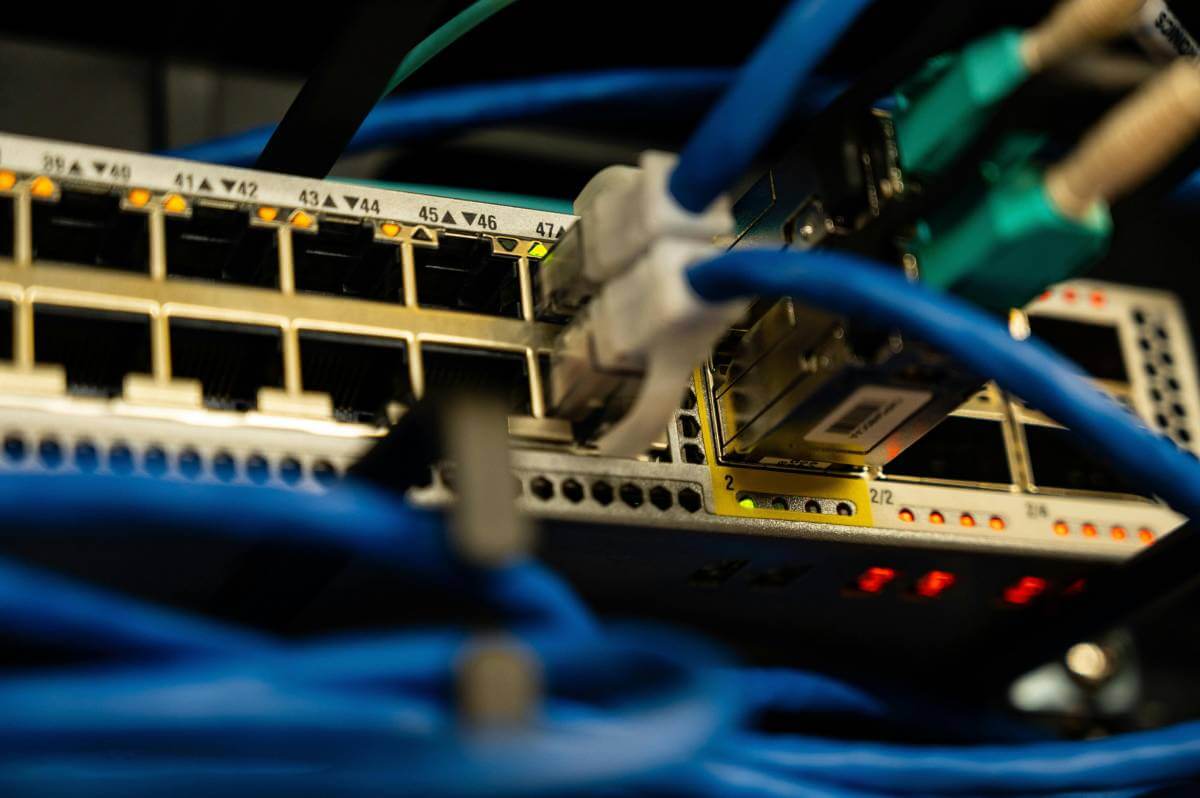The Importance and Best Practices for Cable Testing in WISP and ISP Operation
- by ISPadmin
- 2024 / 02 / 15
- Field Operations
- Regulatory
Introduction


In the world of Wireless Internet Service Providers (WISPs) and Internet Service Providers (ISPs), maintaining reliable connectivity is paramount. The backbone of these operations lies in the extensive network of cables that transmit data across vast distances. To ensure seamless connectivity and minimize downtime, cable testing emerges as a crucial aspect of WISP and ISP operations. In this blog post, we will explore the importance of cable testing, discuss best practices, explore the types of cables that should be tested, and highlight the essential cable testing equipment for field technicians.
The Importance of Cable Testing:
- Reliability and Performance: Reliable and high-performing cables are the lifeline of any WISP or ISP network. Cable testing helps identify potential issues such as signal degradation, impedance mismatches, or faulty connectors that can impact the overall performance of the network.
- Preventing Downtime: Downtime is the bane of any service provider. Cable testing allows for proactive identification and resolution of potential issues before they escalate into major problems, minimizing downtime and ensuring a consistent and reliable service.
- Quality of Service (QoS): Cable testing contributes to maintaining the Quality of Service by ensuring that data transmission rates are consistent and within acceptable limits. This is critical for meeting customer expectations and providing a satisfactory user experience.
Best Practices for Cable Testing:
- Regular Maintenance: Implementing a regular and scheduled cable testing routine is essential. This proactive approach helps detect issues before they impact service quality, preventing costly repairs and downtime.
- Documentation: Maintain comprehensive documentation of cable installations, including cable types, lengths, and testing results. This information is invaluable for troubleshooting, upgrades, and future expansions.
- Thorough Testing: Conduct thorough cable testing, including checks for signal strength, attenuation, crosstalk, and impedance. This ensures that the entire network infrastructure is operating optimally.
- Use the Right Equipment: Invest in high-quality cable testing equipment to ensure accurate and reliable results. The right tools can make a significant difference in the efficiency of field technicians and the overall effectiveness of cable testing.
Types of Cables That Should Be Tested:
- Coaxial Cables: Coaxial cables are commonly used in WISP and ISP operations for transmitting cable television signals and internet data. Testing equipment such as Cable Certifiers is essential to certify compliance with industry standards and ensure optimal signal transmission.
- Fiber Optic Cables: Fiber optic cables play a crucial role in long-distance data transmission due to their high bandwidth and low signal loss. OTDRs (Optical Time Domain Reflectometers) are indispensable tools for testing fiber optic cables, providing insights into signal strength, attenuation, and potential faults.
- Ethernet Cables: Ethernet cables are the backbone of local area networks (LANs) and are vital in connecting various network devices. Network Cable Testers are essential for verifying the integrity of Ethernet cables, checking for continuity, wiring configuration, and identifying faults such as opens, shorts, or crossed wires.
Equipment Needed to Test Different Cable Types:
1. Cable Certifiers:
- Purpose: Certify compliance with industry standards.
- Cable Types: Coaxial cables.
- Benefits: Ensures proper signal transmission and minimizes the risk of future issues.
2. OTDRs (Optical Time Domain Reflectometers):
- Purpose: Test fiber optic cables.
- Cable Types: Fiber optic cables.
- Benefits: Identifies signal strength, attenuation, and potential faults in fiber optic installations.
3. Network Cable Testers:
- Purpose: Verify the integrity of Ethernet cables.
- Cable Types: Ethernet cables (Cat5e, Cat6, Cat6a, etc.).
- Benefits: Checks continuity, wiring configuration, and identifies faults in Ethernet cables.
4. Spectrum Analyzers:
- Purpose: Identify and troubleshoot signal interference.
- Cable Types: Coaxial cables.
- Benefits: Ensures a clean and efficient data transmission environment by identifying and mitigating signal interference.
Conclusion:
In the dynamic landscape of WISP and ISP operations, cable testing emerges as a fundamental practice to ensure reliable connectivity and maintain high-quality services. By incorporating regular testing into operational procedures and equipping field technicians with advanced testing tools tailored to different cable types, service providers can proactively address issues, prevent downtime, and deliver a seamless internet experience to their customers. Investing in cable testing is an investment in the long-term success and sustainability of WISP and ISP networks.
Contact us here to learn more about how ISP Revolution can help you deploy with confidence – the first time
RECENT BLOG
MORE INFO
ISP Resolution © 2024 All Rights Reserved
